Dead by Daylight beginner's guide
How to win more as the hunter or the hunted.
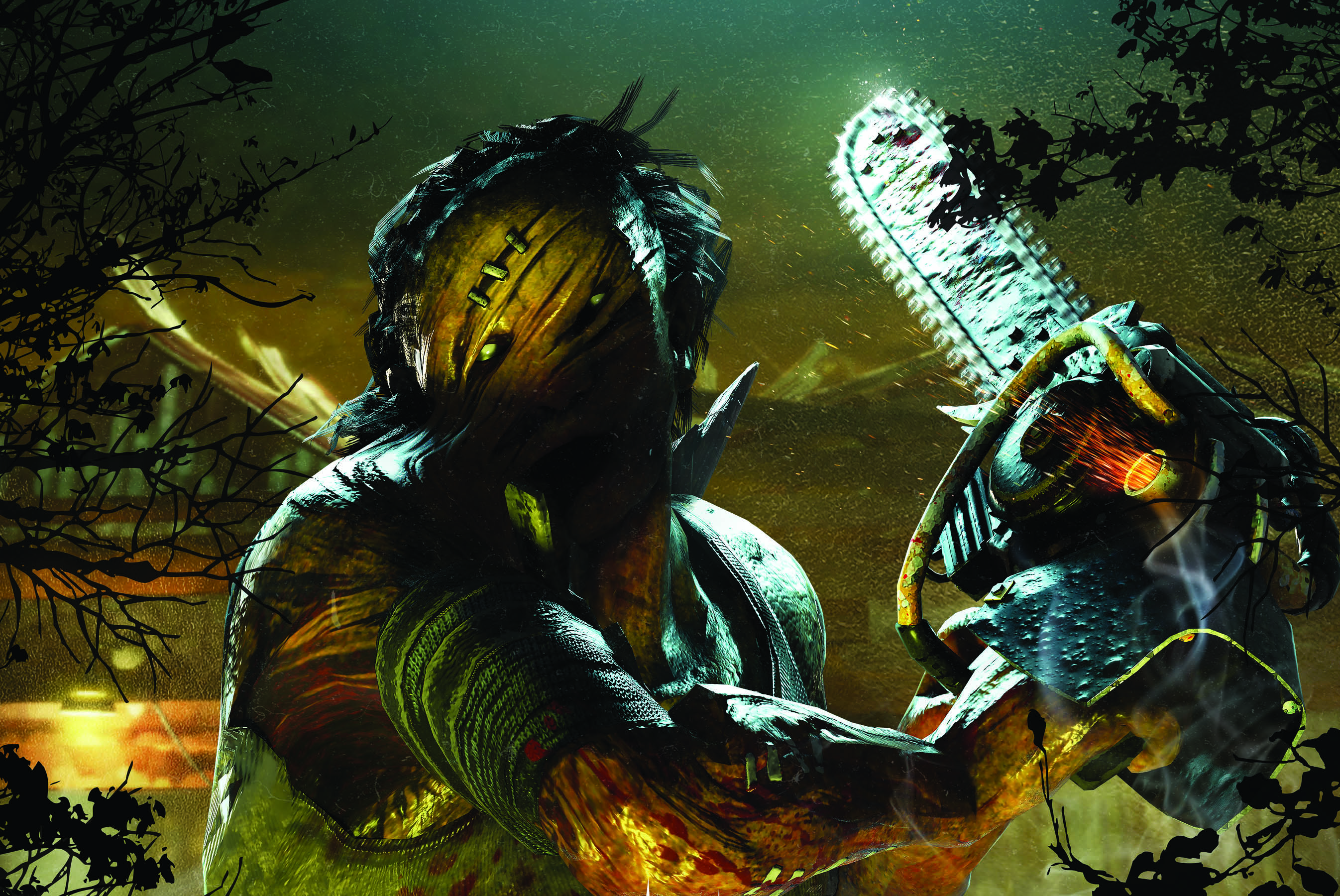
Dead by Daylight’s objectives read easy at first: as a survivor, stay alive and escape; as the killer, hunt and hook. Complexity lies in your opponent’s merit—much like Evolve, victory requires chess-like anticipation of an unpredictable and adaptable human-controlled adversary. Handling the fragility of the near-defenseless survivors or trying to corner squirrely victims as the more hulking killer can feel quite daunting for the unblooded beginner. Use these tips to help familiarize yourself with efficient flights of terror or slasher flick hunts.
Survivors
The odds rightly disfavor the squishy survivors: keep away from the immortal killer while repairing five generators strewn throughout a horror-trope arena to finally flee through an obligatorily slow-activated exit door. The third-person view thankfully provides a wide angle to spot encroaching danger, so keep swiveling the camera to ensure you don’t get blindsided as you creep along. Jake is a good starter survivor—his ability to sabotage hooks and disable traps without the need for a toolbox is an accessible boost to your final points tally. Claudette is a useful alternative pick for a more defensive playstyle via her healing capability sans medkit.
When in doubt, take the coward's way out
Every action encourages teamwork during the slow struggle to freedom; jumping on a generator with someone else hastens its repair rate, as an example. Buddying up with fellow survivors sounds keen in theory, but in the end, your biggest imperative is keeping your blood from coating the nearest hook. For the most part, reserve your attention for fixing generators and opening the exit door as fast (and quietly) as possible no matter how many painful shrieks you hear. Staying selfish is staying alive—the entertainment value of swooping to someone’s rescue doesn’t nearly outweigh the heavy risk of a loss for drawing the killer’s attention. If you’re unsure of your next move, branch out from your teammates and head to the closest generator.
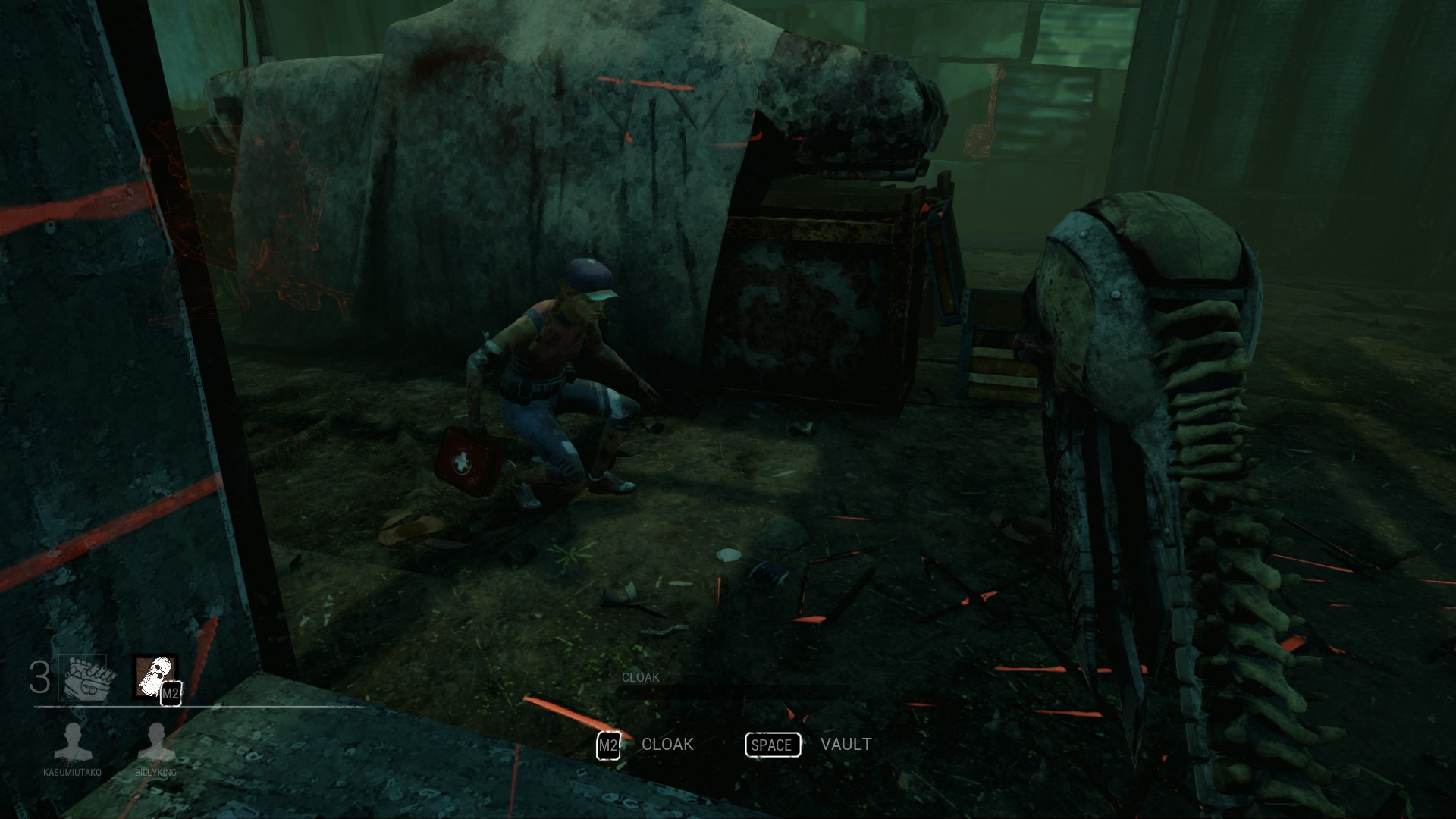
Know your killer
Use your senses wisely, and you can deduce which slavering monstrosity you’re up against within the first few minutes of a round. Listen for telltale audio cues: the crank of a spring mechanism means the Trapper is placing one of his bear traps somewhere. The revving buzz of a chainsaw engine puts you up against the charging Hillbilly. The distant tolling of a bell warns of a cloaked Wraith nearby. The hooks scattered throughout the area will change in appearance depending on the selected killer—the Wraith’s sport a pretty discernible white bandage wrap, for example—so a quick eyeball of one on the way to a generator is a good bit of intel.

Hunt the hunter
Keep up to date with the most important stories and the best deals, as picked by the PC Gamer team.
Actions such as tinkering with a generator or applying medical aid often trigger “skill check” quick-time events of timed key presses. You’ll want to nail these as often as you can to briefly speed up your progress bar. If you fail a QTE, you’ll create a loud, killer-attracting noise—a sharp bang from a generator or a yelp of pain from a patient. Failures cause thrilling deer-in-headlights surges of panic, but you can also wield them as misdirection. Direct the killer’s movement with mind-games: head to a generator, purposely fail a skill check, and move (stay crouched!) to a different generator while the killer falls for your bluff.
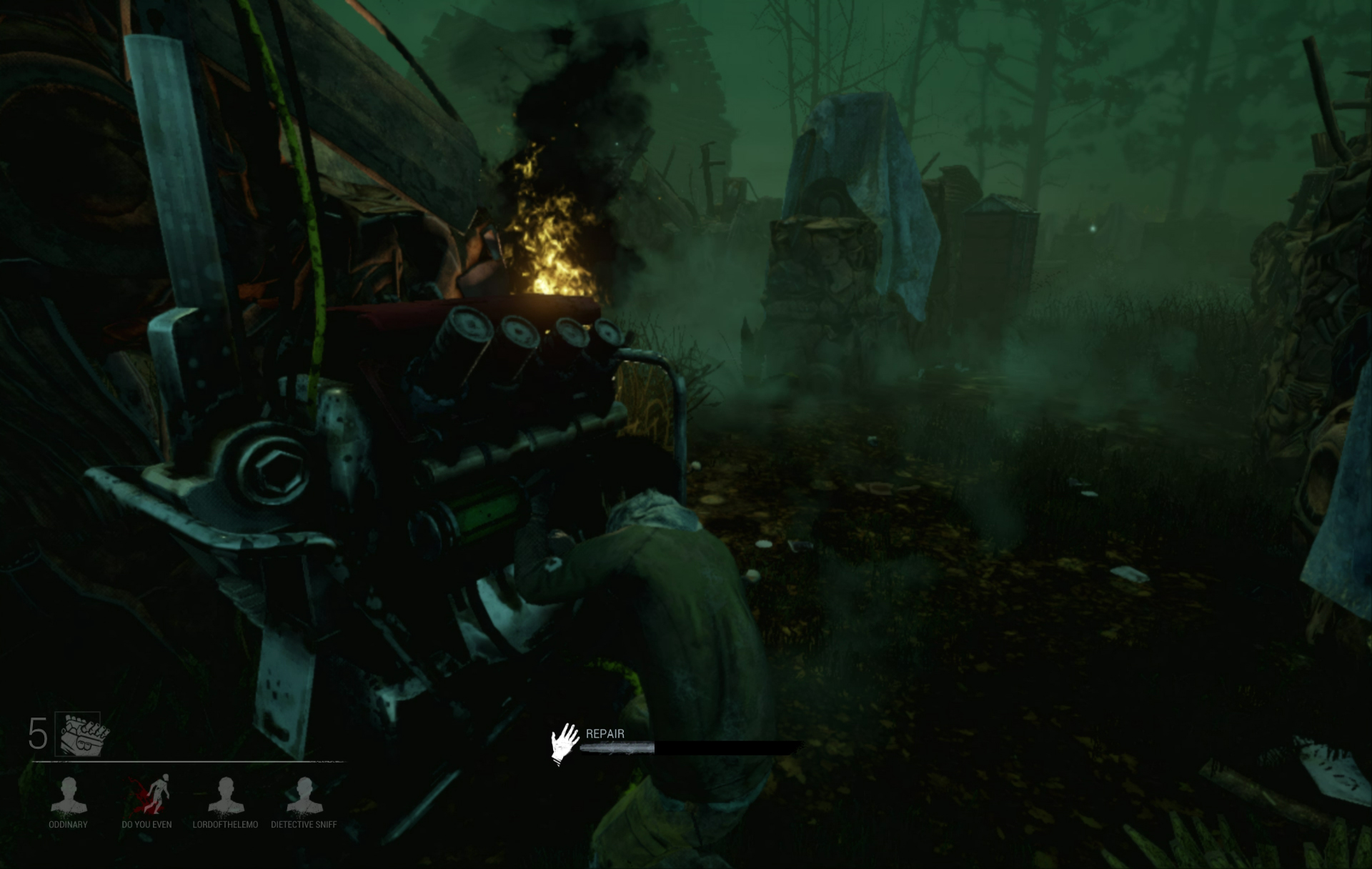
Always have an exit strategy
Be aware of the changing state of the round and plan two moves ahead. Don’t flee straight from the killer during a pursuit. Juke behind structures and foliage to break line of sight and double back to safety. Pallets are exceptionally handy for stopping the killer in his tracks, but with an extra pinch of patience and timing, you can pull down a pallet right when the killer smacks into it for a seconds-long stun animation. It’s safe to abandon a progress bar if it means avoiding detection or death, as you’ll continue where you left off when you return. All hope isn’t lost if you’re the last remaining survivor. Each map features a randomly placed trapdoor that swings open when a single survivor is left and at least two generators are active. Finding it allows for an instant exit—even if you’re crawling on the ground in a wounded state—as opposed to chancing the larger yet slower doors.
Killer
The killer is a powerful slayer, but focus on herding and outmaneuvering survivors, and slashing a victim will feel like a relishing flourish to your strategy. Your field of view is limited to first-person only, so check the edges of your peripheral for hiding targets hoping to escape notice—survivors blend uncannily well into the murky background. The Wraith is a good starter killer for his ability to go invisible; it’s both a valuable way to familiarize yourself with a map’s layout and get close to survivors before striking. With more experience, give the Trapper a try—his bear traps are incomparable in crowd-control efficiency and can score four kills the quickest.
Hook and move
When you hook your first victim, fight off the temptation to camp around until the end of the sacrifice. It might make sense to closely guard your catch against possible rescue, but you should instead capitalize on the reduced survivor count to ambush generator sites. You can also lay in wait farther from the hook to draw in a rescuer so they won’t hear your heartbeat. If you’re the Trapper, simply set up a trap close to—but not directly underneath—the hook and move on.
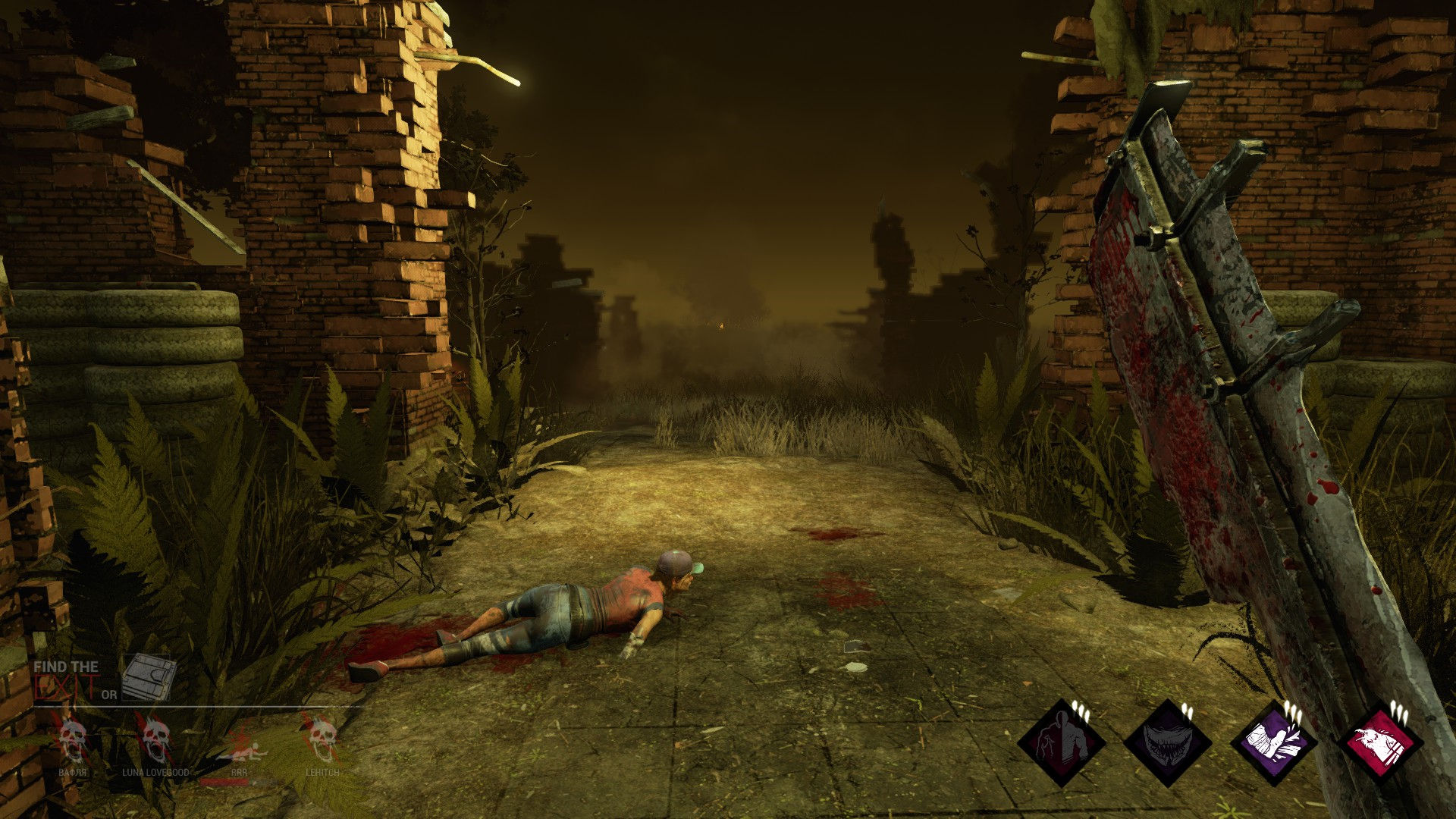
Bide your time, then strike
Survivors will eventually figure out what type of killer they’re facing, but you’re given the choice of where and when to strike first. Use that uncertainty to try unpredictable tactics and keep your opponents guessing. As the Hillbilly, stay your chainsaw until you’re positive firing up its engine will guarantee an incapacitated target. Needless revving will cause extra scurrying and anticipatory juking from survivors. Same thing with the Wraith—his bell is a dead giveaway of your intentions, so unless you’re using it as a distraction (see below), refrain from ringing it too much and wasting valuable cloaking and uncloaking time. The Trapper gets the toughest deal, as his stationary traps are easier to watch out for. Maintain the element of surprise for as long as you can.

Trapper: Keep on trappin’
Always have at least one trap primed and one backup trap handy as the Trapper. Neglecting traps puts you at a severe disadvantage, as the power of the Trapper lies in his ability to exert control over multiple points on the map with set-and-forget area denial. Trap placement is just as important; don’t place them in obvious spots such as next to generators or below hooks. Instead, set traps on likely pathways taken by survivors toward objectives or as a nasty surprise around sharp corners. Listen for sprung traps and the grunting exertion of caught prey. You’ll often fish a 2-for-1 by catching a brave soul attempting rescue when you get close.
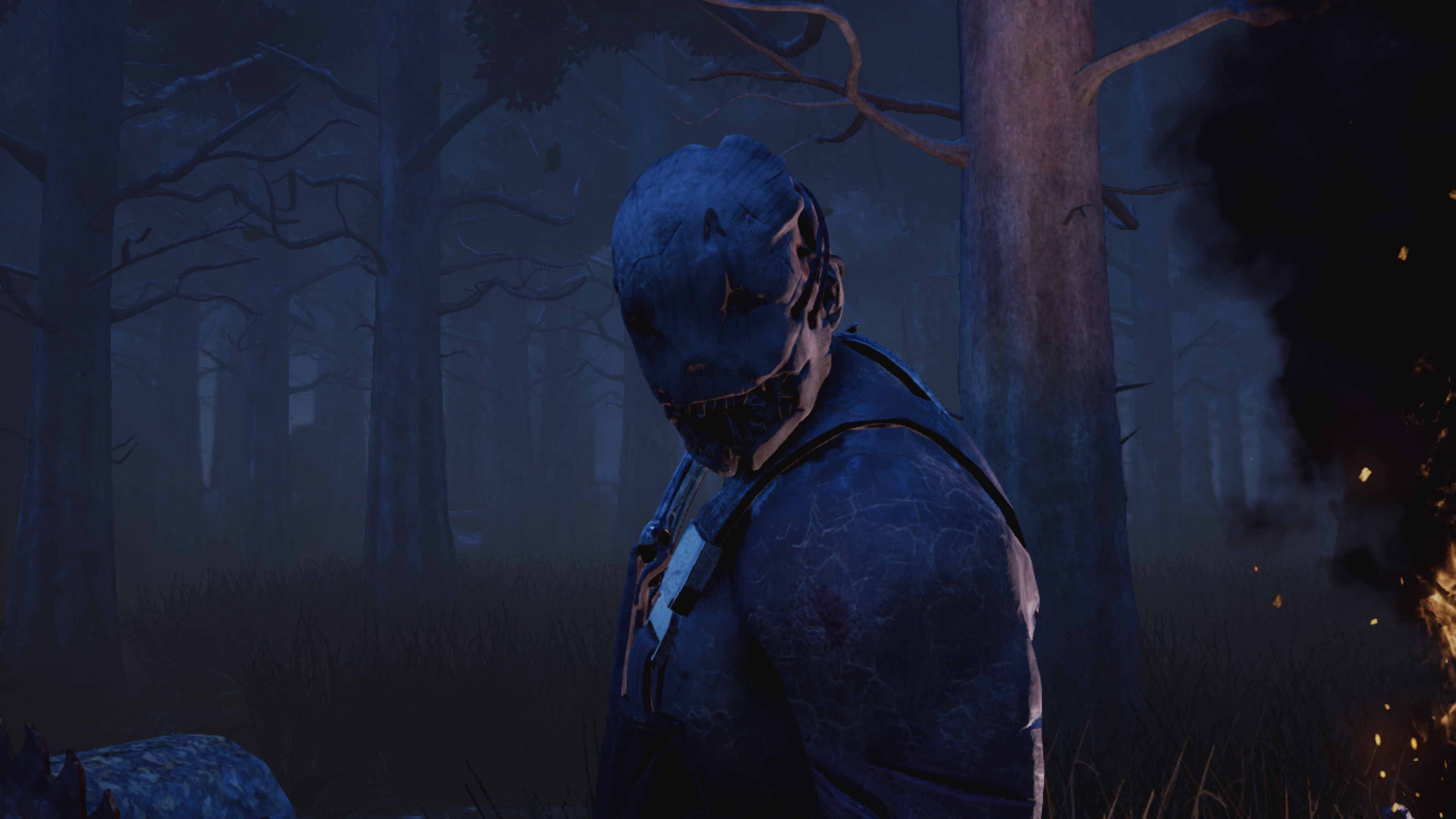
Hillbilly: Ambush alley
The Hillbilly’s chainsaw charge, while fun, is difficult to control once he’s gone full Leatherface. Why not even the odds? Cut down a survivor, carry him or her to an open space, and back off a fair distance. Make sure you have an unblocked line of sight to your bait who will probably try crawling into cover. If someone falls for it and gets close for the revive, walk forward while revving your chainsaw. With good timing, you’ll end the would-be hero’s aspirations with a quick chainsaw lunge.
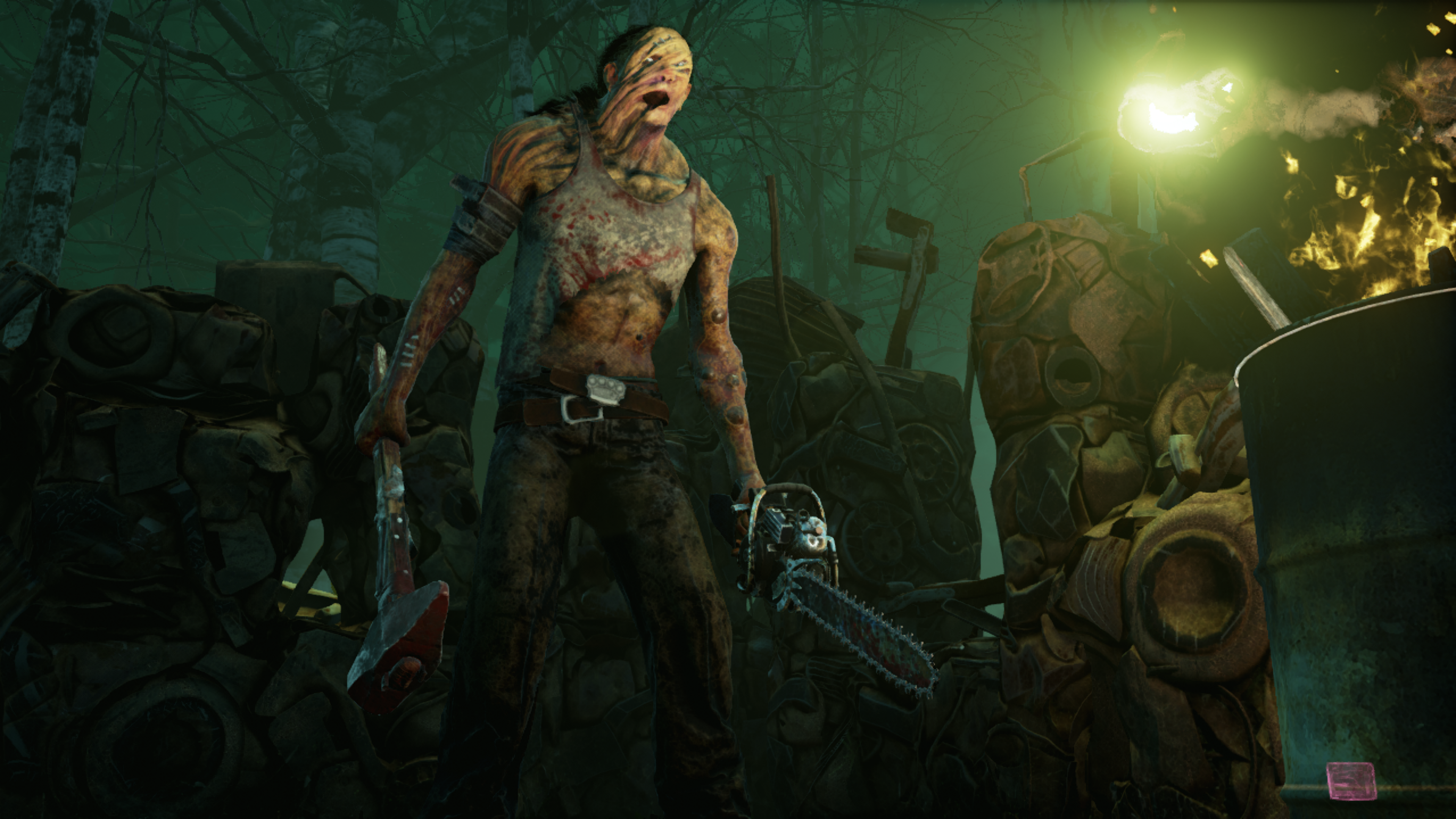
Wraith: Go bell-crazy
The Wraith’s invisibility is an attractive boon for its heartbeat-masking properties and spooky effect. Although holding off on ringing your ghost bell until primed for an agile followup attack is always good practice, consider doing the opposite for some psychological sabotage. Keep ringing your bell, but don’t let its cast bar finish. The survivors will wonder if you’re near, far, invisible, or out in the open as you move around. A constant racket will veil your true moments to strike, but be sure to throw in a few regular cloak casts every so often to keep your foes off-balance.

Omri Petitte is a former PC Gamer associate editor and long-time freelance writer covering news and reviews. If you spot his name, it probably means you're reading about some kind of first-person shooter. Why yes, he would like to talk to you about Battlefield. Do you have a few days?


